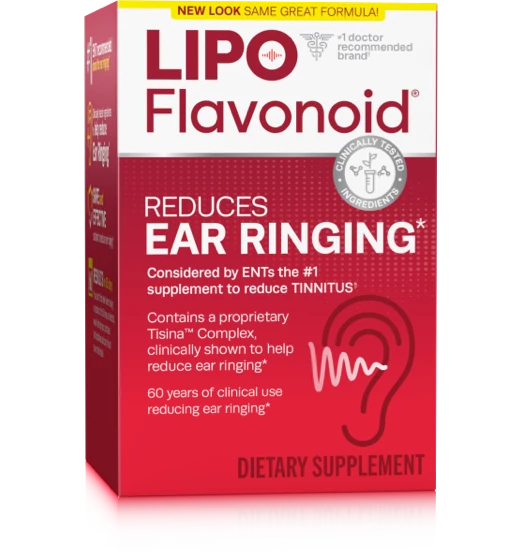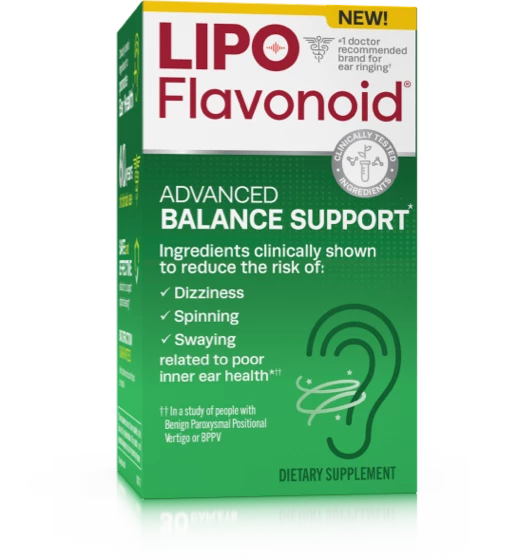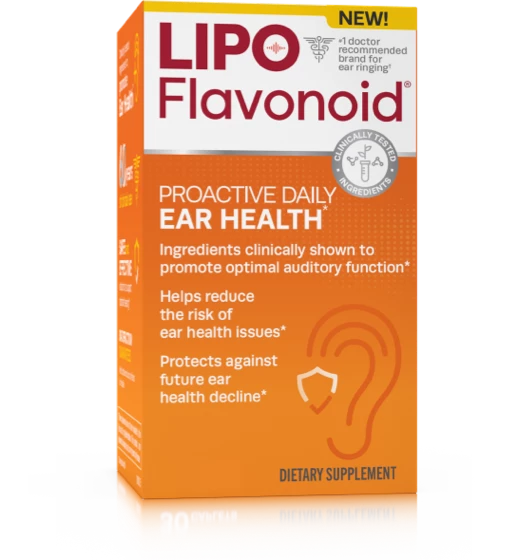- Products
- Science
-
Resources
- Tinnitus Resources
- What is tinnitus?
- Causes of tinnitus
- Tips for managing tinnitus
- Prepare for your doctor's visit
- PTSD and tinnitus
- Tinnitus FAQs
- Hearing Loss Resources
- What is hearing loss?
- Degrees of hearing Impairment
- Types of hearing loss
- Causes of hearing loss
- Treatment options for hearing loss
- Buy Now
- Coupons
- Test Your Hearing
- Test Your Hearing
- Healthcare Professionals
Experts Recommend Sound Therapy for Tinnitus
If you suffer from tinnitus or ringing in the ears, the American Tinnitus Association wants you to know about the potential benefits of sound therapy. Using noise against noise, sound therapy can significantly lower the burden and intensity of tinnitus, reports the nonprofit dedicated to promoting tinnitus relief, prevention and education. Similarly, the Hearing Health Foundation says that 60-90% of tinnitus sufferers find relief from their symptoms when using sound therapy.
The treatment works by adding low-level, neutral sounds to the environment to help block or mask the intensity of the ringing in the ears. This can be especially useful when you’re trying to sleep. According to a recent study, 77% of tinnitus sufferers say their symptoms are most bothersome when they are attempting to nod off.
Sound therapy can also be beneficial during the daytime. According to a medical journal report, sound therapy can help reduce tinnitus sufferers’ frustration and anxiety as well as help them to become more accustomed to their tinnitus while feeling more in control. Reuters has also announced that some sound therapies can help the brain to learn to ignore tinnitus. And, the Tinnitus Journal found significant improvement in concentration abilities, lowered functional impact of tinnitus, and decreased loudness with sound therapy.
To best combat noise with noise, experts recommend looking for background sounds that are non-intrusive, non-stimulating and easy-to-ignore, but are at a level that eases perceptions of tinnitus.
There are many “white” noise “machines” (and apps) on the market. But not all “white” noise is actually white. To boost the benefits of tinnitus-fighting sound therapy, the American Tinnitus Association recommends an array of white, pink and brown noise. These color combos are known to reduce the difference between background and “peak” sounds like the buzzing or hissing of tinnitus. Sonorest Sleep Tones provides options for each of these noise spectrums as well as controls to help you find the right tone and volume to best ease the disruption caused by your tinnitus. Sonorest is also uniquely designed to help tinnitus sufferers create a comfortable and relaxing environment – despite ringing or other phantom noises in their ears.
Learn more about Sonorest now and discover Lipo-Flavonoid’s other sleep solutions, available on Amazon.
Looking for more ways to help manage your tinnitus? Don’t miss our Top 10 Tips for Tinnitus Sufferers and the facts about how Lipo-Flavonoid works.
*These statements have not been evaluated by the Food and Drug Administration. These products are not intended to diagnose, treat, cure or prevent any disease.
*Survey data on file
REFERENCES:
- April 2018 Survey. Clarion Brands Inc. data on file.
- Williams H, Hedgecock L. Citrus Bioflavonoids, Ascorbic Acid and Other B-vitamins in the Treatment of certain types of neurosensory deafness a preliminary report. Staff meeting of the Mayo Clinic (1962).
- Tinnitus Overview. Mayo Clinic website http://www.mayoclinic.org/diseases-conditions/tinnitus/basics/definition/con-20021487. Accessed Sept. 7, 2016.
- Understanding the Facts. American Tinnitus Associations website https://www.ata.org/understanding-facts. Accessed Sept. 7, 2016.
- Slattery WH, Fayad JN. Medical treatment of Meniere's disease. Otolaryngologic Clinics of North America 1997; 30:1027-37.
- Kumar S, Pandey AK. Chemistry and Biological Activities of Flavonoids: An Overview. The Scientific World Journal. 2013;2013:162750. doi:10.1155/2013/162750.
- Fetterman BL, Saunders JE, Luxford WM. Prognosis and treatment of sudden sensorineural hearing loss. Am J Otol 1996; 17:529-36.
- Arenberg I, Bayer R. Therapeutic Options in Meniere’s Disease. Arch Otolaryngol 1977;103: 589-93.
- Shaia F, Sheehy J. Sudden sensori-neural hearing impairment: a report of 1,220 cases. Laryngoscope 1976; 86:389-98.
- Herschberg S. Meniere’s disease. J Am Osteopathic Association 1974; 73:540-6.
- Wolfson R. Treatment of Meniere’s disease. Modern Treatment (1969) 6,3, 553-567.
- Rubin W. Vestibular suppressant drugs. Arch Otolaryngol 1973; 97:135-8




